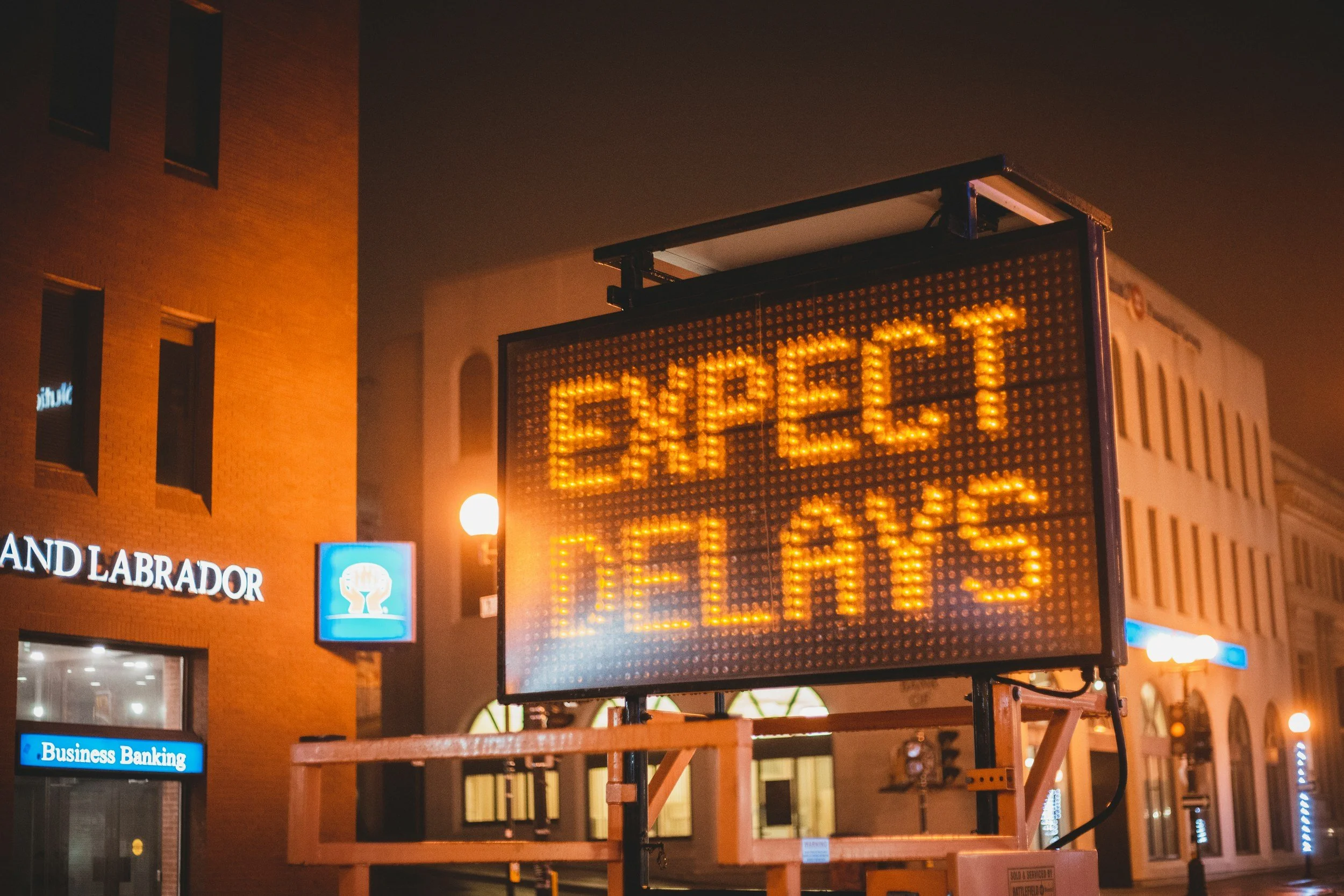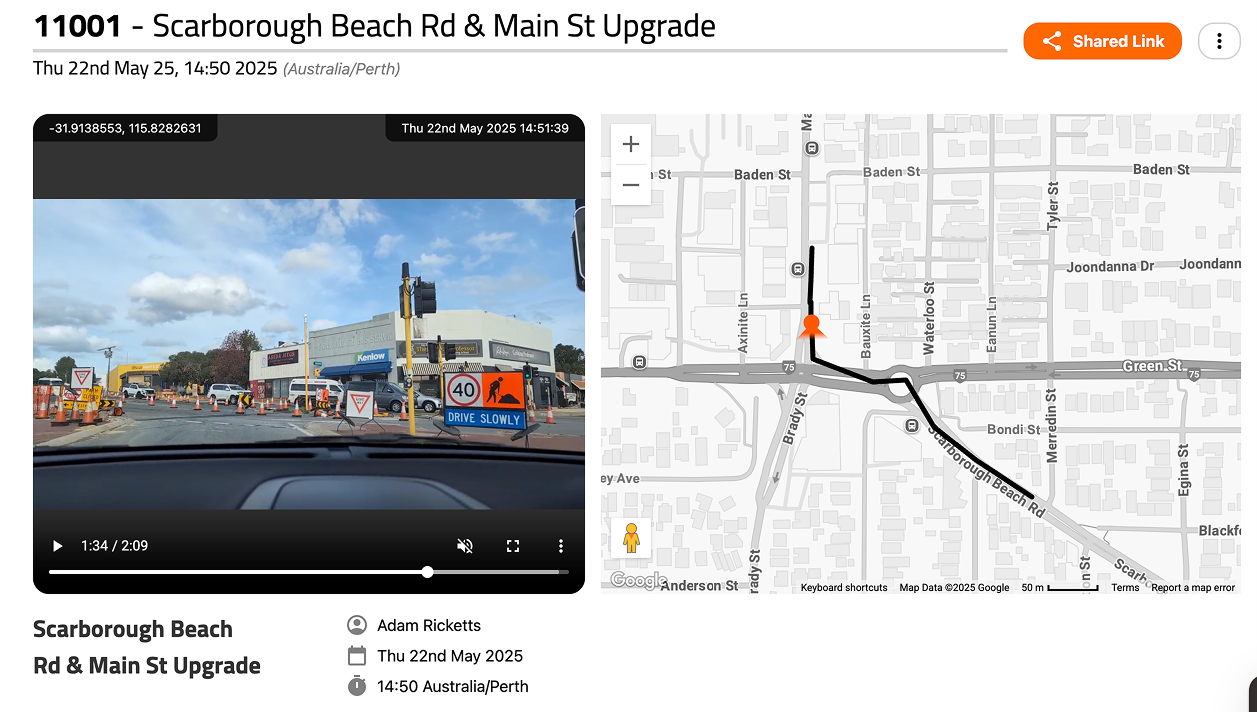The Cost of Non-Compliance: What Traffic Management Breaches Really Cost Contractors
Traffic management contractors live in a world where precision and compliance aren’t just “best practice”—they are non-negotiable. Every cone, sign, barrier, and detour needs to align with Traffic Management Plans (TMPs) and Traffic Guidance Schemes (TGSs). But when compliance slips—even slightly—the costs can be staggering.
From hefty fines issued by regulators to costly project delays, insurance premiums, and reputational damage, the consequences ripple far beyond a single worksite. This blog explores the real costs of non-compliance in traffic management, using regulatory guidance and case examples, and highlights how proactive verification protects contractors from these risks.
1. Direct Financial Penalties
The most obvious cost of non-compliance is fines from regulators. These penalties can reach tens of thousands of dollars, even for relatively minor breaches.
In New South Wales, SafeWork inspectors issued more than $55,000 in fines for traffic and construction safety breaches in 2023 alone. These penalties covered unsafe site setups, inadequate traffic control, and failures to meet construction safety obligations (SafeWork NSW, 2023).
In Western Australia, Main Roads WA (MRWA) mandates compliance with the Code of Practice for Traffic Management for Works on Roads. Since 1 January 2025, contractors must retain evidence of compliance (including drive-through recordings). Failure to provide this evidence during an audit could result in fines, suspension, or loss of approved contractor status (Main Roads WA, 2025).
While fines may seem manageable in isolation, they add up quickly when projects span multiple sites or when non-compliance is systemic.
2. Project Delays and Contract Penalties
Breaches don’t just attract regulator attention—they also affect contracts. Authorities and utilities often have strict provisions for non-compliance, ranging from improvement notices to full suspension of works.
In Victoria, the Department of Transport and Planning’s Traffic Management Surveillance Framework introduced random and risk-based inspections. Contractors found non-compliant may face improvement notices or contract penalties, which often include financial deductions for each day of non-compliance (Vic DTP, 2023).
A suspension—even of just 24–48 hours—can derail construction timelines, leading to liquidated damages under contract terms. These damages often run into tens of thousands of dollars per day, especially on large civil works.
In other words, even if the fine itself is small, the knock-on effect of lost time and penalties multiplies the cost dramatically.
3. Insurance Impacts
Insurance providers increasingly scrutinise contractor behaviour. A company with a record of non-compliance is viewed as high-risk, which drives up premiums or leads to exclusions.
In the construction sector, insurers routinely demand evidence of safety systems and compliance records before underwriting. Where records are missing, insurers may deny claims related to road incidents, leaving contractors exposed to litigation costs (Insurance Council of Australia, 2023).
For example, if a crash occurs near a poorly signed work zone, and the contractor cannot produce evidence of correct setup, insurers may argue negligence and refuse coverage.
This transforms what might have been a claim covered by insurance into a direct liability for the contractor.
4. Legal Liability
Beyond financial and contractual penalties, non-compliance opens the door to litigation.
Courts have increasingly held contractors responsible for failing to implement safe traffic controls. Where incidents cause injury or death, civil liability claims can climb into millions.
A case in Queensland saw a civil construction company face litigation after a road user was injured in a zone with inadequate traffic control signage. The court found the TMP had been designed correctly, but the execution on-site was deficient, making the contractor liable (Queensland Civil Liability Case, 2022).
In South Australia, WorkSafe investigations highlighted traffic control failures as one of the leading causes of construction-related prosecutions between 2018–2022 (SafeWork SA, 2022).
In these cases, paper TMPs and diaries were not enough—what mattered was verifiable evidence of correct setup at the time of the incident.
5. Reputational Damage
Compliance breaches don’t just hurt finances—they undermine trust with clients, regulators, and the public.
Councils and road authorities want confidence their contractors will minimise risk and complaints. Non-compliance not only jeopardises current contracts but also weakens tender submissions for future projects.
In today’s world of social media, one unsafe site photo can quickly spread, attracting negative media coverage and damaging brand reputation.
For many smaller contractors, reputational damage can be the difference between growth and collapse.
6. The Hidden Costs of Re-Work
When regulators or clients demand corrections, contractors must return to site to redo work—often at their own expense. This can include:
Additional crew mobilisation
Equipment hire and transport
Lost productivity from other projects
Even a “minor” setup correction, like relocating signage or barriers, can cost thousands once crew time, vehicles, and delays are factored in.
7. How Verification Mitigates These Risks
So how can contractors protect themselves? The key is proactive verification.
Drive-through video recordings provide timestamped, geo-tagged proof of correct setup.
Daily digital diaries linked with evidence ensure execution matches the approved TMP/TGS.
Long-term storage (7 years or more) ensures evidence is available for audits, disputes, or litigation, even years after project completion.
This isn’t about creating more admin—it’s about making compliance systematic, simple, and defensible.
Conclusion
The cost of non-compliance in traffic management goes far beyond immediate fines. From project delays and insurance impacts to litigation and reputational damage, contractors risk their bottom line, their future opportunities, and their survival when compliance slips.
The solution is to make compliance verifiable and automatic, so that every setup can be defended, every audit passed, and every claim countered with hard evidence.
In an industry where mistakes can cost millions, proactive verification isn’t just good practice; it’s good business.
References
SafeWork NSW. (2023). Construction safety breaches lead to $55,000 in fines. SafeWork NSW Annual Report 2023.
Main Roads WA. (2025). Code of Practice: Traffic Management for Works on Roads (updated 1 January 2025).
Department of Transport and Planning Victoria. (2023). Traffic Management Surveillance Framework. Victorian Government.
Insurance Council of Australia. (2023). Insurance Risks in the Construction Sector. ICA Publications.
SafeWork SA. (2022). Traffic management-related prosecutions 2018–2022. SafeWork SA Annual Report.
Queensland Civil Liability Case (2022). Court findings on inadequate traffic control implementation. Queensland District Court ruling.


